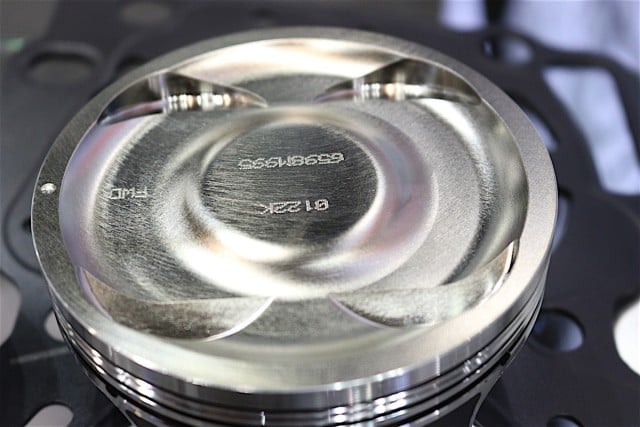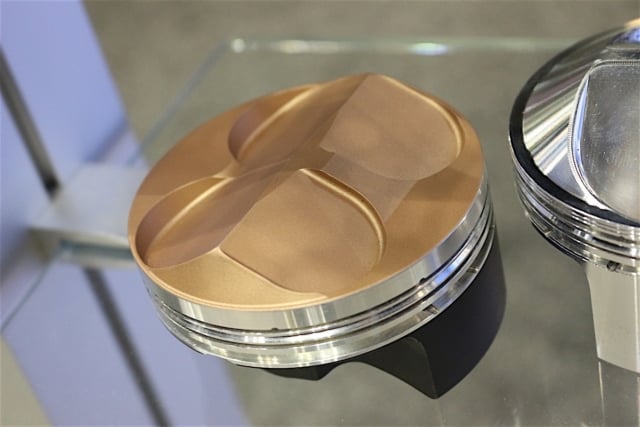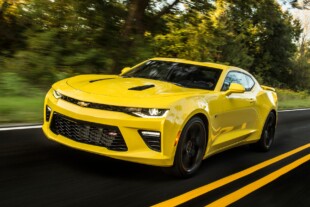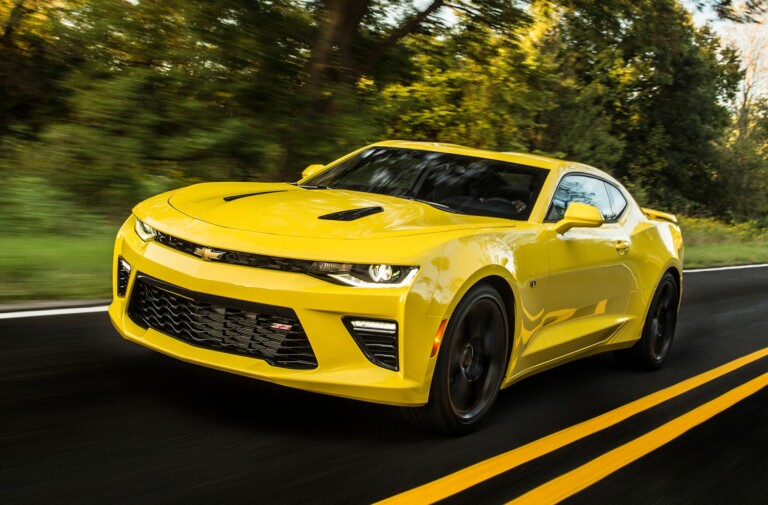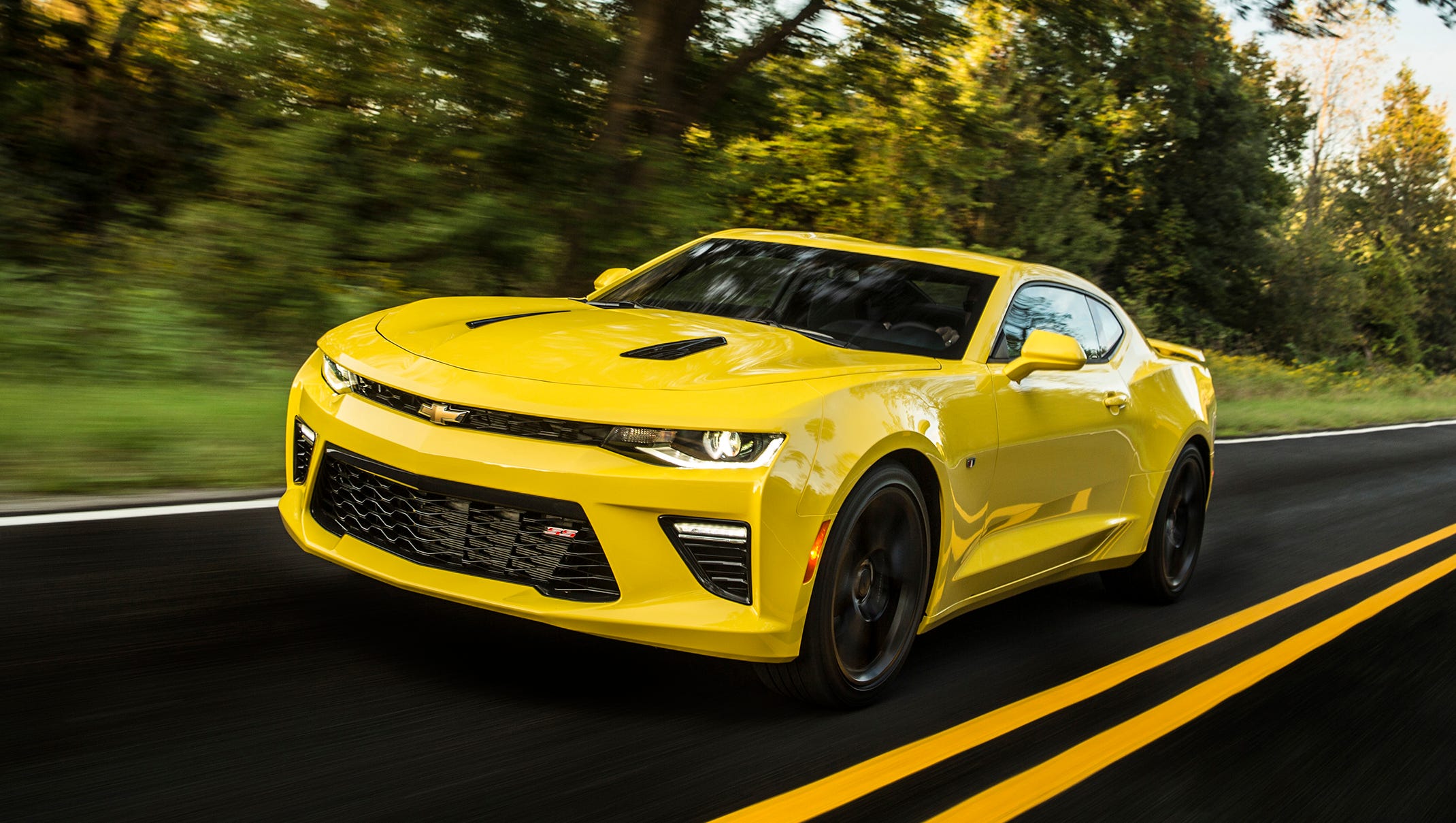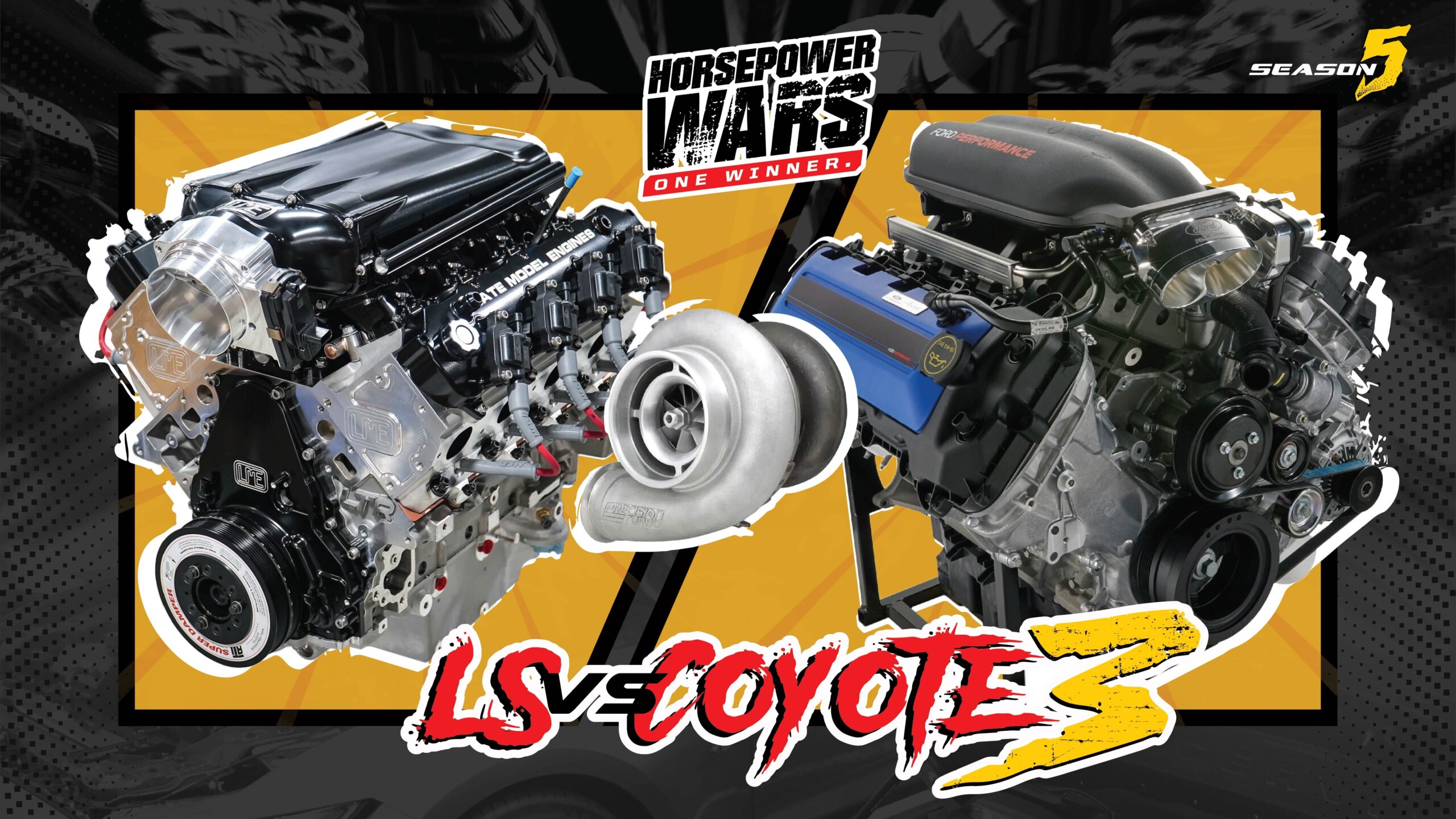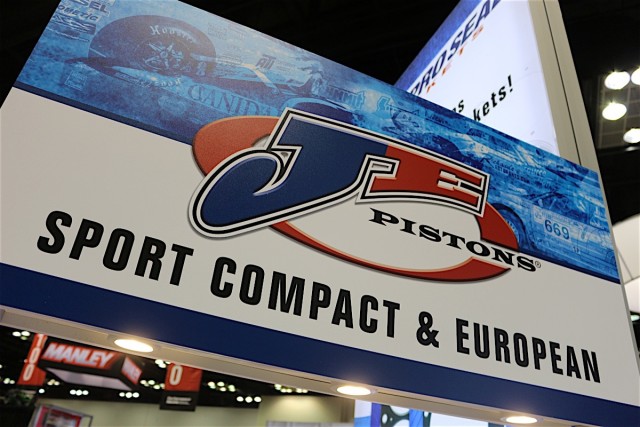 Piston coatings have been around for quote a while but this the chemical and composites industry making headway and manufacturing processes getting streamlined, more of these technologies are finding their way into engines. We stopped by JE Pistons to look at two of their popular coatings and find out what they do for the user.
Piston coatings have been around for quote a while but this the chemical and composites industry making headway and manufacturing processes getting streamlined, more of these technologies are finding their way into engines. We stopped by JE Pistons to look at two of their popular coatings and find out what they do for the user.
“Electroless nickel is basically an anti-detonation coating, the entire piston is dipped in it, they turn out the pin bore and the entire exterior but it sits in all the grooves and crown. When you run into a situation where you get detonation the coating can absorb it instead of eroding the piston,” Mark Gearhart of JE introduced.
“It’s applied with no electric current so it doesn’t get hot and won’t change the molecular structure of the base metal, but it’s very hard so it’s very good in the ring groove area but it’s less expensive because there’s no masking involved in the process. The problem with it in the past has been adhesion but the combination of a high quality piston and coating have give us great results,” explained Clayton Stothers of JE continued.
Combining different piston coatings all on one example is becoming a common practice to improve the lifespan and performance of an otherwise rather normal aluminum part. Gearhart aluded to a typical combination; “It’s popular with a DLC (diamond-like carbon) wrist pin, a thermal coating and an anodized ring groove.”
The thermal coating he mentions is another example of a simply applied but high tech advancement. “Our thermal coat is a heat reflective coating, so it takes the heat off the piston and reflects it back into the combustion chamber, like a header wrap. It’s a spray-on and baked coating, same with the skirt coatings but they’re put on with a silk screen,” Gearhart explained.
“We’re starting to push coatings big time, we’re looking into creating a next-level type of pistons for people running super-high performance applications.” Look for more research and development in this area.



